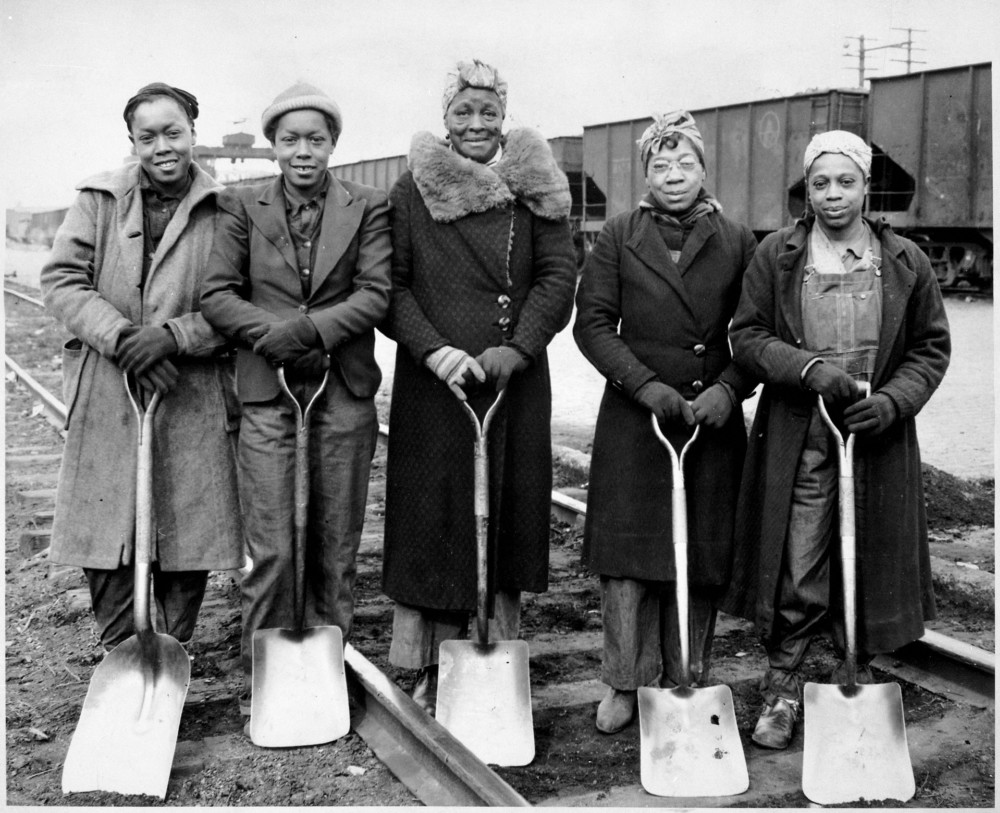By Heidi Stevens
Chicago Tribune
WWR Article Summary (tl;dr) “Dress Like a Woman: Working Women and What They Wore” includes hundreds of beautiful photographs celebrating the rich and layered history of female labor.
Chicago Tribune
“Dress Like a Woman: Working Women and What They Wore” (Abrams) is a fascinating look at women’s business attire over the last century, and a welcome reminder that women didn’t “enter” the workforce in the 1970s, as we’re so often told. We’ve been there all along.
Oh, and Roxane Gay writes the foreword. (Swoon.)
“In this collection,” Gay writes, “you will see how women have dressed for their work, both in and beyond the traditional workplace. You will see how that dress has evolved as the role of women in contemporary society has evolved. And you will see that sometimes, dressing like a woman means wearing a pantsuit; other times, it means wearing a wetsuit, or overalls, or a lab coat, or a police uniform.
buy viagra sublingual generic buy viagra sublingual online no prescription
”
You may recall women flooding social media last year with photos after President Donald Trump reportedly said he preferred his female staffers to “dress like women.” Supreme Court justice robes, an astronaut suit, boxing gloves: all things worn by women, all things that found their way to Twitter with the hashtag #DressLikeAWoman.
The book goes a step further, committing 300 beautiful photographs to print and, in so doing, celebrating the rich and layered history of female labor.
We see women welding at the Lincoln Motor Co. in early 1900s Detroit. We see Ella Watson, who mopped the floors at the Farm Security Administration building to support her family in 1942.
We see a factory worker balance a stack of cigarettes under her chin in 1962 Ireland and a Zambian electoral agent examining voter rolls as her fellow Zambians line up to vote in the 2015 presidential election. We see women laboring in Sri Lanka and Singapore, Iran and India, Saudi Arabia and Vietnam.
We see U.S. Rep. Barbara Jordan address a House Judiciary subcommittee in 1978, Billie Jean King reach for a shot during a 1964 Wimbledon semifinal, Katie Couric anchor the CBS Evening News a decade ago and Hillary Clinton accept her party’s nomination for president of the United States in 2016.
“Clothing is uniform and armor,” New York Times fashion critic Vanessa Friedman writes in the book’s introduction, “and in the workplace it represents the compromise between those two concepts as determined by the individual and as determined by the institution.”
Or, as Gay puts it: “Dressing like a woman means wearing anything a woman deems appropriate and necessary for getting her job done.”














































































































































































































































































































































































